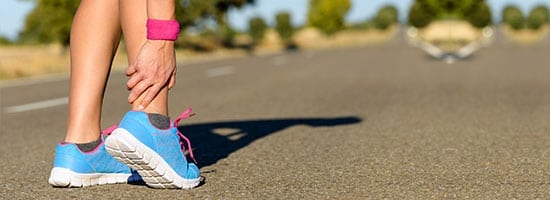
Returning to Sports After an Injury
Being sidelined with an injury can be more than a minor inconvenience if you happen to participate in sports on a regular basis. Just because injuries to bones, joints, muscles, tendons, or ligaments have successfully responded to treatment, it may not be possible to be a good idea to jump back into your preferred game, at least not right away. Keeping the following tips in mind can help you safely return to sports after an injury.
Understand the Extent of Your Injury
Not every sports-related injury is going to be a sprain or strain, although some injuries of this nature can also be serious if tissues have been torn. Take the time to ask your doctor about your injury so you really understand what was affected and how long to realistically expect everything to fully heal. As a general rule, it’s safe to return to sports when:
- Pain is gone or mild
- Range-of-motion is at or close to normal
- Muscle strength has been regained within the muscle groups primarily used for the sports you play
- You have enough endurance to safely place pressure on joints and muscles without instability, weakness, or the return of pain
Go Slow and Gradually Increase Activity
With most sports injuries, some rehab or physical therapy will be necessary to restore muscle strength. When you do get the okay to get more active, make your return to sports a slow and gradual process. Set small, achievable goals. Increase your activity level based on how you feel during and after you spend some time running, jogging, pitching, or swinging.
Make Exercise a Year-Round Habit
Regular exercise should be a habit that continues during the off-season to keep core muscle groups that support bones and joints, especially those in the spine, strong. You may need to start off with gentler forms of exercise, including exercises that can be done in water to ease stress on joints and soft tissues. Apply any exercise techniques you learn during PT to what you normally do to stay in competitive shape. Stick to a routine that works for you throughout the year.
After you’ve recovered from a sports injury, it’s even more important to keep prevention in mind. Be mindful of your diet and weight. Pay attention to form with the motions and movements you’ll need to make to participate in your preferred sport, and wear protective gear that fits properly. If you do experience a strain or sprain or any other aches and pains, take a break to allow tissues to heal with rest or the application of heat or ice. When in doubt, talk to your orthopedic surgeon about next steps.

